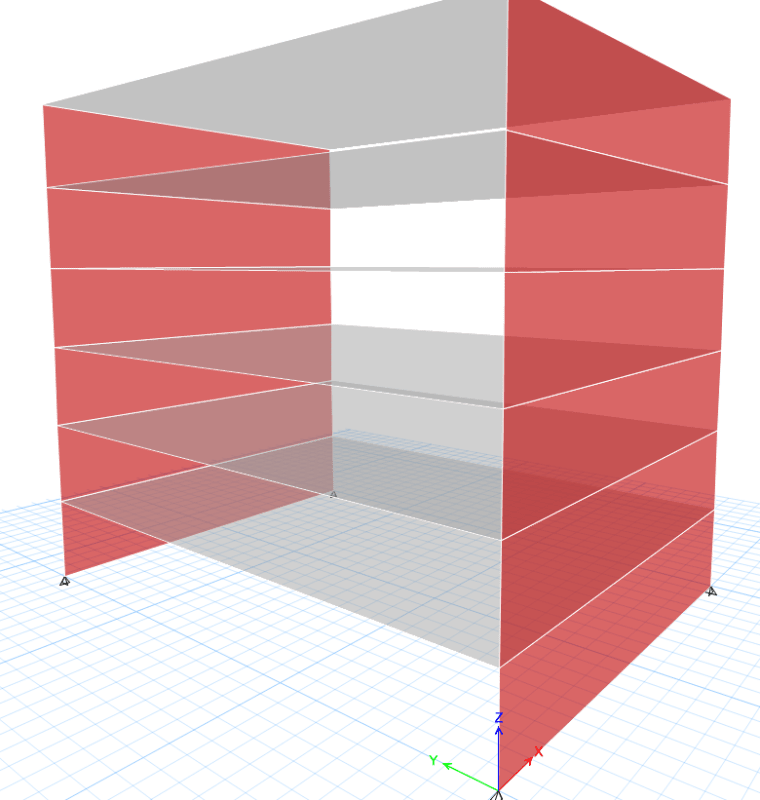RyanTa
Structural
- Dec 29, 2019
- 7
This is a 6 storey building. The walls (200mm thick) run in x directions only. Due to the architectural layout, no shear walls can be arranged in y direction, I might add some internal columns between walls for gravity supports. All floors are flat slab.
My question is, can we reply the out-of-plane capacity of wall to resist the lateral loads? I have never done it this way but cannot explain why it will not work. If we simplify this structure as frame, make the wall(out-of-plane) to slab as rigid connection then it will give you the capacity to resist lateral loads. I have checked the strength of the walls and it is okay. The deflection is also under limit. So it there any other considerations that I miss?

My question is, can we reply the out-of-plane capacity of wall to resist the lateral loads? I have never done it this way but cannot explain why it will not work. If we simplify this structure as frame, make the wall(out-of-plane) to slab as rigid connection then it will give you the capacity to resist lateral loads. I have checked the strength of the walls and it is okay. The deflection is also under limit. So it there any other considerations that I miss?


